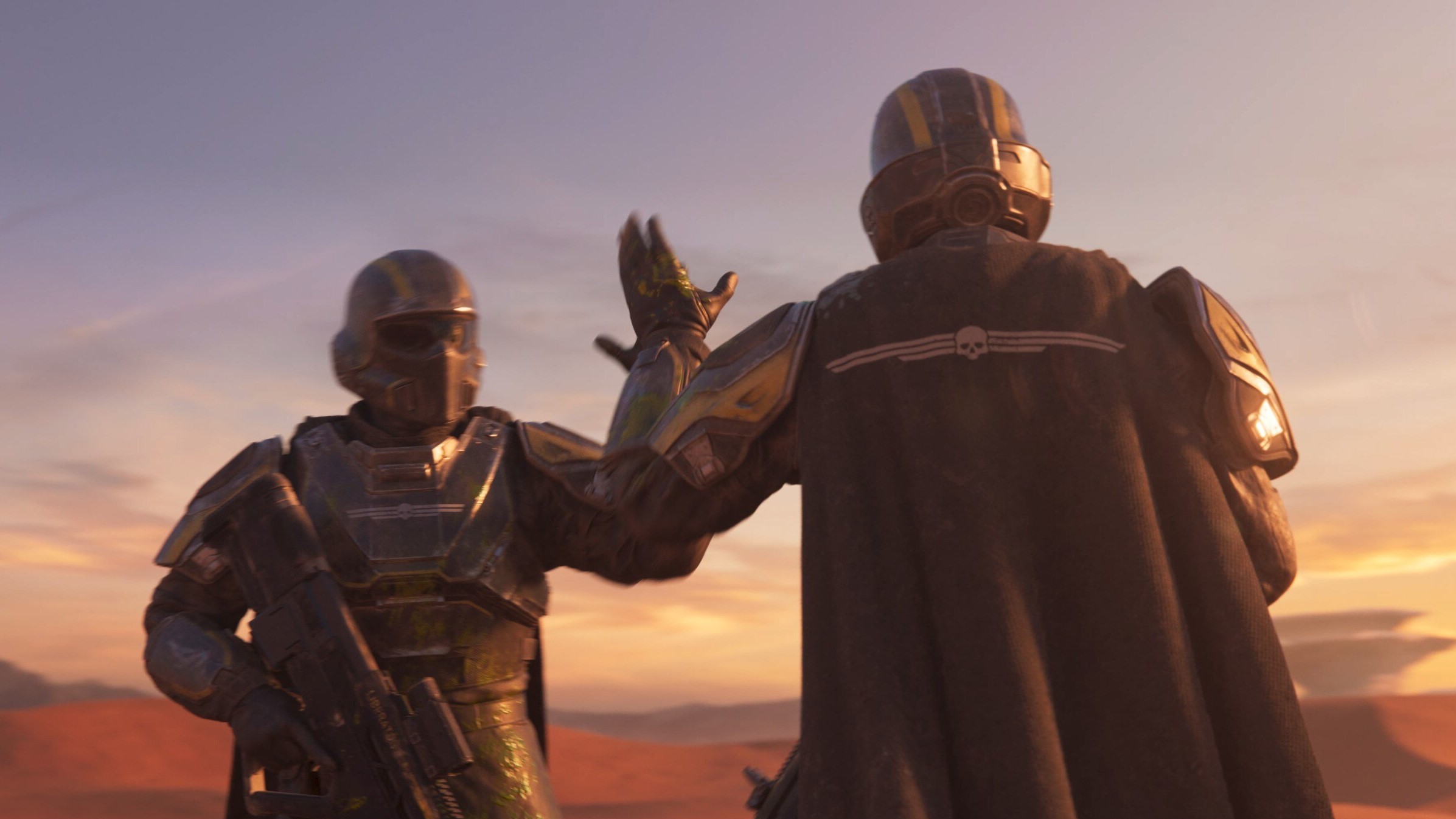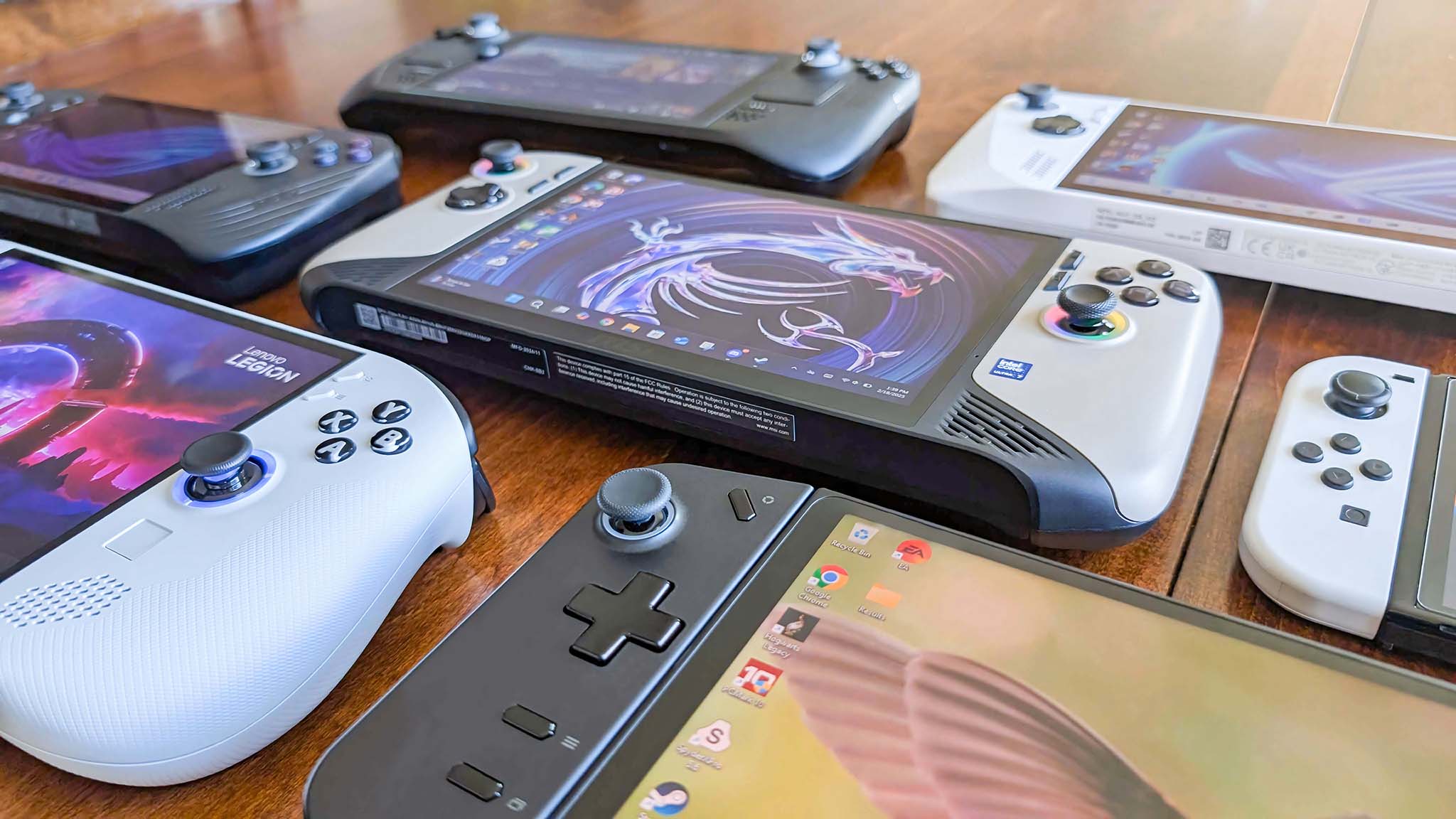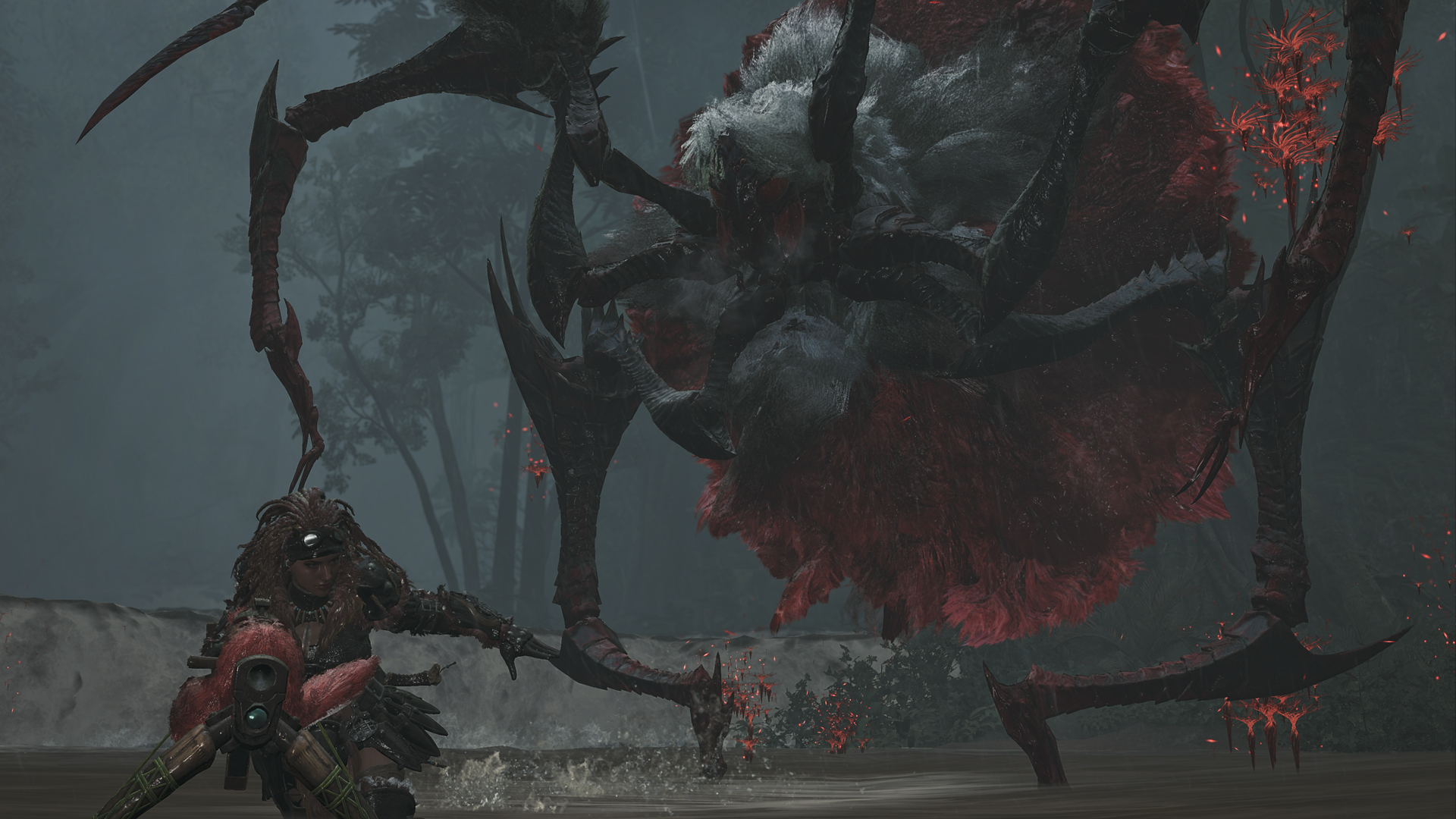Nintendo announced yesterday that games launching with the Switch 2 will carry a hefty price tag: $80 for digital games and $90 for physical copies (which are really just game-key cards).
The announcement of Mario Kart World has pretty much set the tone for $80 games going forward and makes that rumored $100 price point for GTA 6 evermore likely.
This price hike signals a new era for AAA gaming at least, but it also raises an important question — should we keep paying and supporting these high prices, or should we start looking elsewhere for great gaming experiences at a fraction of the cost?
You don’t have to pay $70 and above to experience great games
The reality is that some of the best games I’ve played over the past few years have been incredibly affordable. Just look at the variety of fantastic titles that have launched at reasonable price points:
These are just the tip of the iceberg of course, but the games that immediately come to mind when I think of value over the past 12 months or so.
Even this month, we’re seeing some exciting new launches at reasonable prices both of which you can play through Xbox Game Pass too
- Clair Obscur: Expedition 33 – $49.99
- South of Midnight – $39.99 ($34.99 at CDKeys)
All the games I’ve mentioned are developed by smaller teams that not only deliver quality experiences but also provide incredible value for gamers. Instead of dropping nearly $100 on a single Nintendo title, players can support smaller studios that pour their passion into making unique and innovative games.
The handheld market has evolved since the launch of the Nintendo Switch
For years, the Nintendo Switch has dominated the handheld gaming space, offering a unique hybrid experience that resonated with millions. Its success is undeniable—having sold a staggering 150.86 million units, it completely overshadows the combined 6 million units of its competitors. However, in recent years, we’ve seen an explosion of alternatives that provide even greater flexibility and game variety.
While the Switch remains the undisputed leader in handheld gaming, devices like the Steam Deck, ROG Ally, and Lenovo Legion Go have introduced more choice for players. These handheld PCs break the exclusivity Nintendo once held over the portable market, giving gamers new ways to experience their favorite titles. Instead of being locked into Nintendo’s ecosystem and its increasingly expensive games, players now have access to vast libraries from Steam, Xbox Game Pass, and other platforms, often at significantly lower prices.
This is how the Nintendo Switch 2 menu will look cus people can only afford one game https://t.co/Vuoyj3KwLTApril 2, 2025
With these handhelds, gamers can take advantage of cut price discounts on PC game stores, play indie hits without waiting for a Switch port, and enjoy a broader range of genres and experiences. This shift in the handheld market means consumers now have more power than ever when it comes to deciding what’s worth their money.
That ‘inflation’ argument doesn’t stack up in todays climate
Some have argued that the price hike to $80 or $90 isn’t that unreasonable when adjusted for inflation, and it’s not totally wrong. SNES games in the 90’s regularly cost over $70. Looking at old retail flyers, it’s true — many SNES titles were indeed priced similarly or even higher when adjusted for inflation.
For everyone losing their minds about $80 games (brought to the forefront by Nintendo’s Switch 2 Direct today) – here is a flyer from the 90’s for SNES games. And just from my personal life, I remember paying OVER $70 for Final Fantasy III back in the day. Saved up FOREVER to… pic.twitter.com/RqL88GsxsfApril 2, 2025
However, the key issue is that while game prices may not have kept pace with inflation, wages certainly haven’t either. The cost of living has skyrocketed compared to the ’90s, and the purchasing power of the average consumer has significantly declined.
Back in the day, a single-income household could afford a mortgage; today, many need two incomes just to afford a one-bedroom rental and maybe some avocado toast for breakfast.
So while it’s technically true that games used to be just as expensive, the financial burden on the average gamer is much heavier now. That’s why being mindful of game pricing matters more than ever.
Value is in the eye of the beholder
Of course, this isn’t to say that expensive games can’t be worth the price. If you know you’re going to sink hundreds of hours into Mario Kart World, then that $90 price tag might not sting as much. Hey, I bought the most expensive edition of Diablo 4 I could get my hands on because I know I am going to play that game for years to come, and it’s a franchise I am particularly passionate about so everyone has their own idea of what value a game will yield for them.
Similarly, games like Monster Hunter Wilds ($69.99) offer extensive post-launch support with free updates, making the cost per hour of entertainment quite reasonable in the long term. (You can also grab it for around $55 right now.)
You could even look at the like of No Man’s Sky. It’s an older title, currently available for $23.99. Since launch, Hello Games has continued to release massive free updates, adding so much content that players are practically begging to give the developers more money.
Sean please stop you can rest now your game is good we forgave you 10 updates ago https://t.co/ifympV8hM6 pic.twitter.com/1mqmIA8jAGMarch 27, 2024
This kind of dedication and value for money is exactly why supporting these kinds of titles makes more sense to me than shelling out for a full-priced Nintendo game that never goes on sale
The bottom line is this: If we want to send a message to publishers that we don’t want games to become more expensive, we have to vote with our wallets. It’s perfectly fine to pay $90 for a game you truly love, but at the same time, there’s a whole world of incredible, fairly priced games from passionate developers who deserve our support.
The best way to push back against the rising costs of AAA gaming is to explore and invest in these amazing alternatives.







